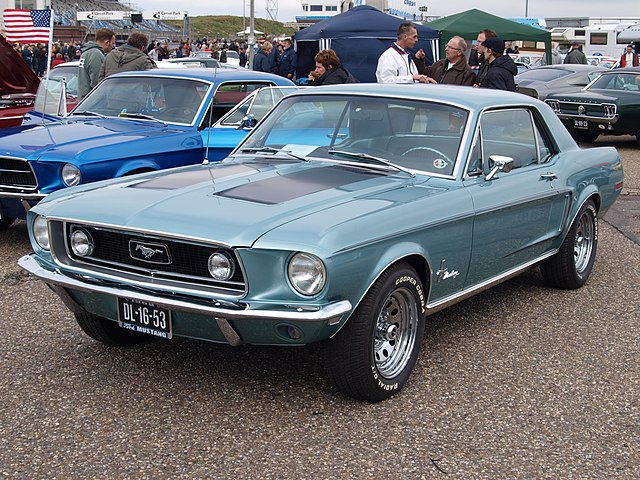
The first generation Ford Mustang, introduced in the mid-1960s, is more than just a car; it’s a piece of American history. This iconic vehicle not only captured the hearts of car enthusiasts around the world but also revolutionized the automotive industry. Its design, performance, and affordability made it an instant classic, paving the way for the muscle car era in the United States.
In this article, we’ll dive deep into the world of the first-generation Ford Mustang, exploring its inception, design evolution, performance, cultural impact, and lasting legacy.
Inception and Development
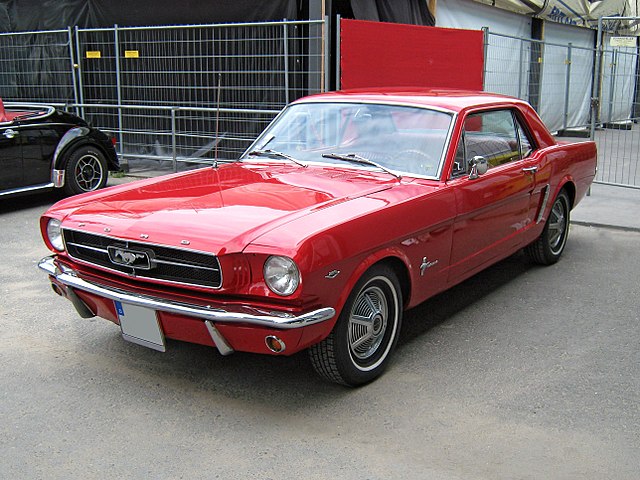
The Ford Mustang was conceived in a time of significant change and innovation in the automotive industry. Ford aimed to create a vehicle that was not only affordable but also sporty and appealing to the younger generation. The project, initially code-named “Mustang” after the World War II fighter plane, sought to blend style, performance, and affordability into one package.
The car’s development was marked by a tight timeline and a relatively low budget. Ford’s design team, led by Lee Iacocca and designer Gale Halderman, worked tirelessly to bring the concept to life. The Mustang was built on the compact Falcon platform to save costs and expedite development. This decision allowed Ford to invest more in the car’s distinctive styling and features.
The Mustang was officially unveiled at the New York World’s Fair on April 17, 1964, and it was an instant success. Ford dealerships across the country were inundated with inquiries and orders. The Mustang’s affordable price tag, combined with its sporty image, made it an irresistible option for many Americans.
Design Evolution
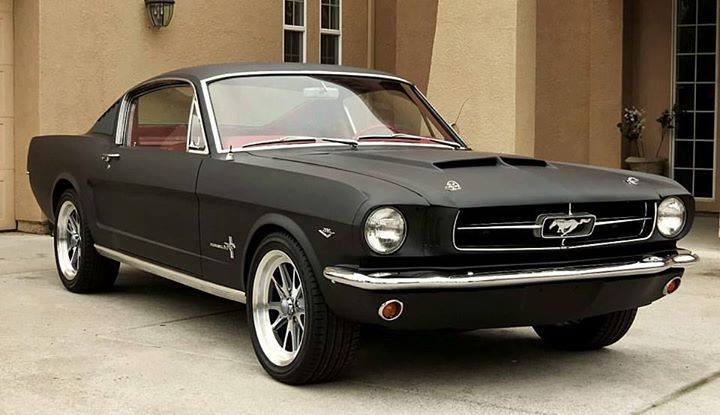
The first-generation Mustang underwent several design changes throughout its production run from 1964 to 1973. Initially introduced as a 1964 1/2 model, the Mustang was available in convertible, coupe, and later, fastback versions. The car’s long hood and short deck design became a signature look, inspiring many other manufacturers.
In 1967, the Mustang received its first major redesign to accommodate larger engines, including the big block V8s, in response to the increasing demand for more power. This redesign introduced a more muscular look, with a wider body and more aggressive styling, which further solidified the Mustang’s place in the muscle car category.
The 1969 redesign introduced the “Mach 1” and “Boss” variants, which featured performance-oriented upgrades and distinctive styling cues. These models are among the most sought after by collectors today. The first generation’s design evolution showcases Ford’s commitment to keeping the Mustang fresh and competitive in the rapidly changing automotive landscape.
Performance
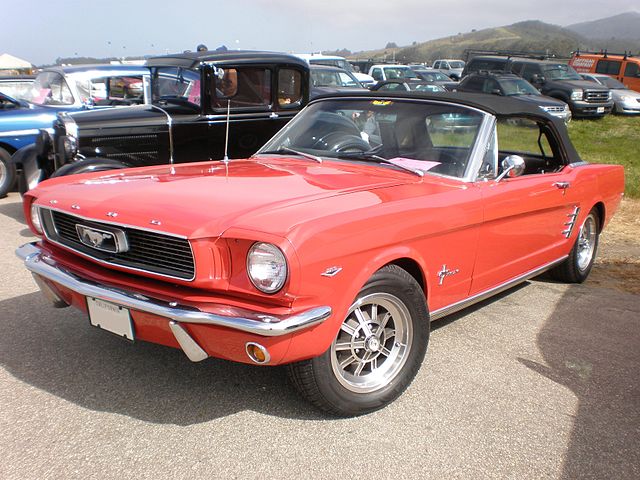
The Mustang’s performance varied widely across its first generation, with engine options ranging from modest six-cylinders to powerful V8s. The base model initially featured a 2.8-liter six-cylinder engine, but the options list included several V8s, offering significantly more power.
The introduction of the GT package in 1965 added a V8 engine, front disc brakes, and other performance enhancements. However, it was the creation of the Shelby GT350 by the racing legend Carroll Shelby that truly cemented the Mustang’s performance legacy. The GT350 was a high-performance model that dominated racetracks and won the hearts of performance enthusiasts worldwide.
In 1968, the Mustang GT/CS (California Special) and the Shelby GT500KR (King of the Road) were introduced, offering even more power and performance. These models showcased the Mustang’s potential not just as a daily driver, but as a serious performance machine.
Cultural Impact
The Ford Mustang quickly became a symbol of freedom and adventure, capturing the spirit of the 1960s. Its appearances in movies, TV shows, and songs helped solidify its status as an icon of American culture. The Mustang was more than a car; it was a lifestyle statement for many young Americans.
The Mustang’s affordability and stylish design made it accessible to a wide audience, contributing to its massive sales success. It became a favorite among celebrities, which further boosted its image. The Mustang also played a significant role in the emergence of car culture in the United States, inspiring a generation of enthusiasts to customize and race their vehicles.
Lasting Legacy
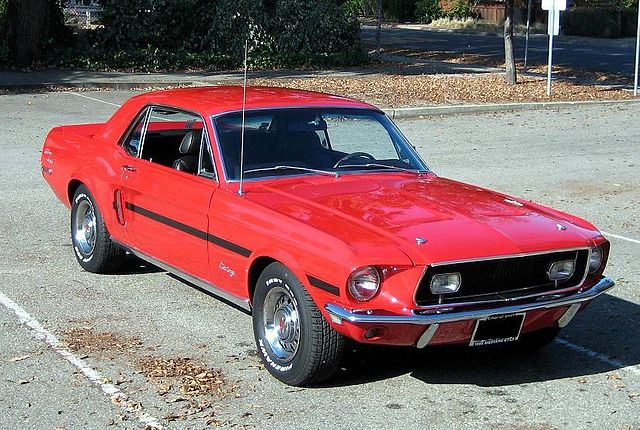
The first-generation Ford Mustang’s influence extends far beyond its production years. It inspired a whole segment of “pony cars,” characterized by affordable, compact, highly styled cars with sporty or performance-oriented images. The Mustang’s success also prompted competitors to launch their versions of the muscle car, leading to a golden era of American performance vehicles.
Today, the first-generation Mustang is a highly coveted classic, with restored and preserved models fetching high prices in the collector’s market. Car shows and enthusiast clubs around the world celebrate the Mustang’s legacy, a testament to its enduring appeal and significance in automotive history.
In conclusion, the first-generation Ford Mustang is not just a milestone in Ford’s history but a pivotal moment in the automotive world. It represented a perfect storm of design, performance, and marketing that captured a generation’s aspirations and became an enduring symbol of American automotive passion. The Mustang’s introduction challenged existing norms and paved the way for a new era of muscle cars, influencing automotive design and culture for decades to come.
Innovation and Influence
The Mustang’s innovative approach to design and marketing left a lasting impact on the automotive industry. Ford’s strategy to offer a wide array of customization options, from engines to trim packages, allowed buyers to personalize their Mustangs directly from the factory. This level of customization was unprecedented at the time and contributed to the Mustang’s widespread appeal. The success of the Mustang also demonstrated the importance of targeting younger buyers, a strategy that has since become standard in the automotive industry.
Furthermore, the Mustang’s introduction sparked a competitive spirit among American automakers, leading to the creation of other legendary muscle cars like the Chevrolet Camaro, Pontiac Firebird, and Dodge Challenger. This competition drove innovation and performance to new heights, contributing to the golden age of American muscle cars.
Preservation and Enthusiasm
The enthusiasm for the first-generation Ford Mustang remains strong, with a vibrant community of collectors, restorers, and enthusiasts dedicated to preserving its legacy. Clubs and events dedicated to the Mustang are common, bringing together owners and admirers to share their passion for this iconic car. The demand for original and restored Mustangs has led to a thriving industry specializing in restoration parts and services, ensuring that these vehicles will be enjoyed for generations to come.
The Mustang’s role in pop culture continues, with first-generation models frequently appearing in films, television shows, and other media, further cementing their status as cultural icons. This ongoing visibility not only celebrates the Mustang’s historical significance but also introduces it to new audiences, ensuring its legacy endures.
Impact on Ford and the Future
The first-generation Mustang’s success had a profound impact on Ford, establishing it as a leader in innovation and design. It demonstrated Ford’s ability to anticipate and respond to consumer desires, setting the stage for future successes. The Mustang has remained in continuous production, evolving over the years while retaining the core attributes that made the first generation so beloved.
As we look to the future, the Mustang continues to inspire. With the automotive industry undergoing significant changes, particularly with the shift towards electric vehicles, the spirit of the Mustang is being reimagined for a new era. The introduction of models like the Mustang Mach-E, an all-electric SUV, showcases Ford’s commitment to combining performance with environmental responsibility, proving that the Mustang’s legacy will continue to evolve and inspire.
In conclusion, the first-generation Ford Mustang’s legacy is multifaceted, embodying innovation, cultural impact, and enduring appeal. It’s a testament to the vision and daring of its creators and the passion of its fans. As long as there are roads to drive on, the spirit of the Mustang will live on, a symbol of freedom, adventure, and the pursuit of performance.
